
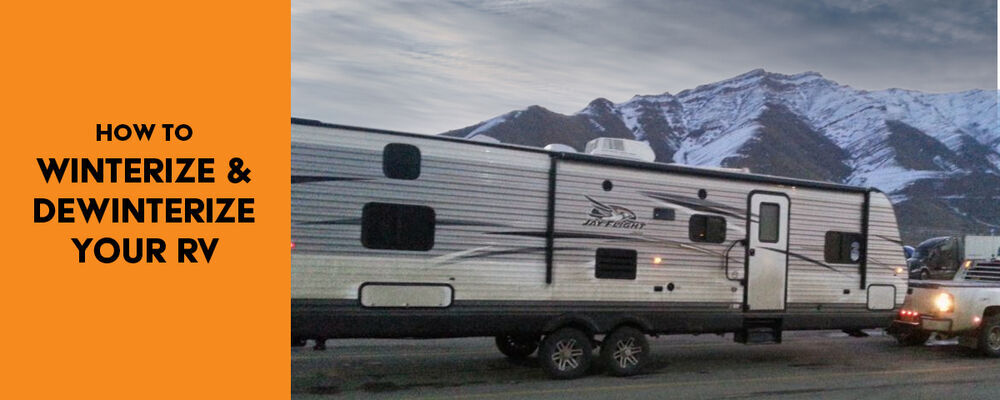
How to Winterize & Dewinterize Your RV
Air Compressor & Antifreeze Methods
Winterizing Your RV With an Air Compressor
Air compressor Blow-out plug
Step 1: Drain the Fresh Water Tank
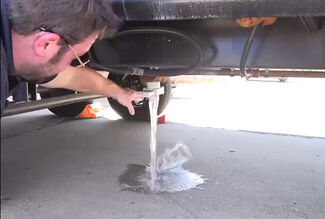
Step 2: Drain & Bypass Your Water Heater
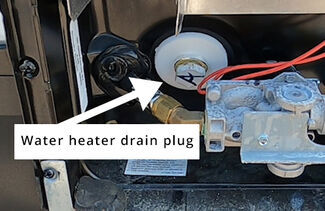
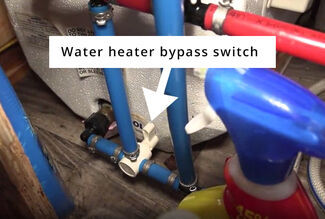
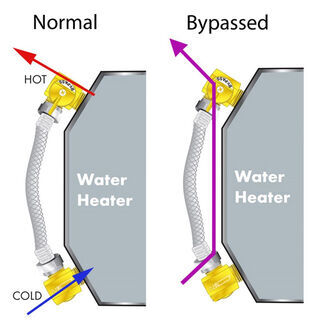
Step 3: Open Your Valves to Drain More Water
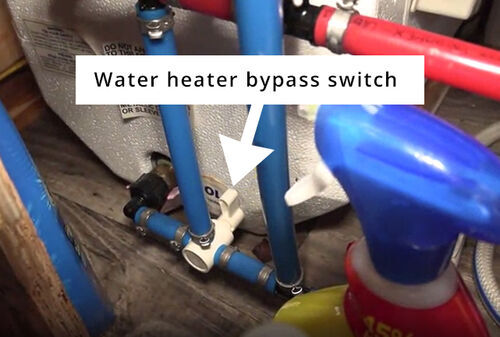
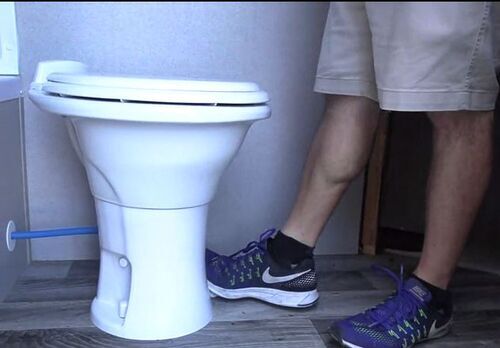
Step 4: Attach Your Blowout Plug & Pump In Air
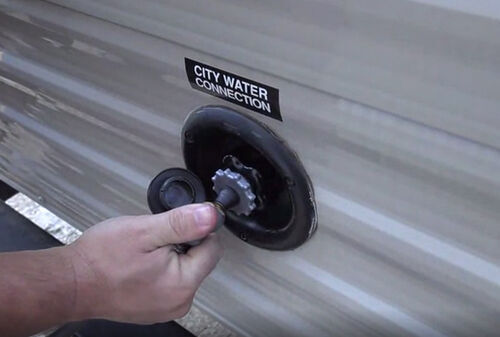
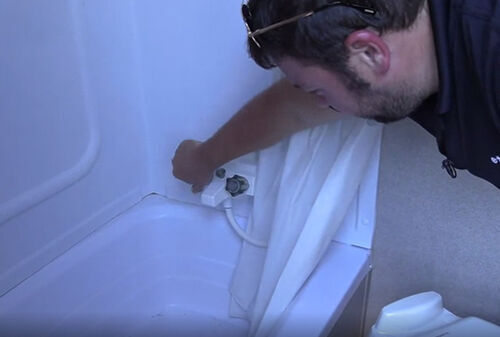
Winterizing Your RV With Antifreeze
RV antifreeze Siphon hose, if your RV doesn't include one
Step 1: Drain the Fresh Water Tank
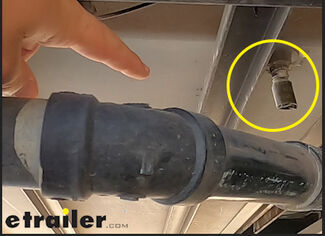
Step 2: Drain & Bypass Your Water Heater



Step 3: Pump Antifreeze into Water Lines
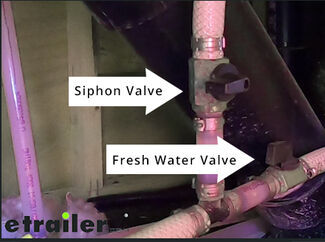
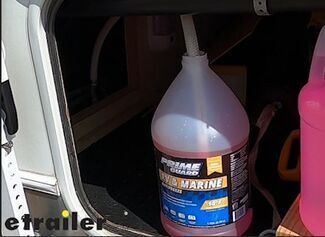
Step 4: Open Your Valves Until You See Antifreeze
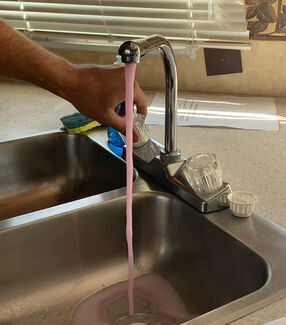
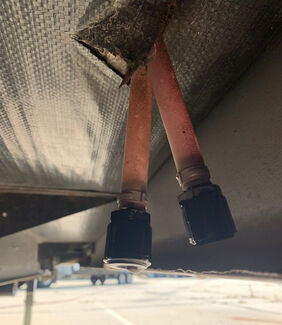
Step 5: Pour Antifreeze in your P-Traps
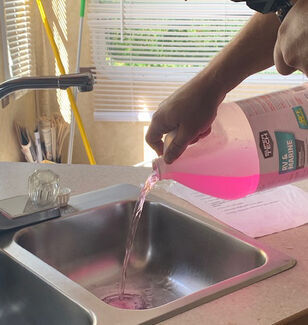

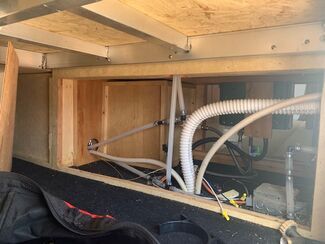
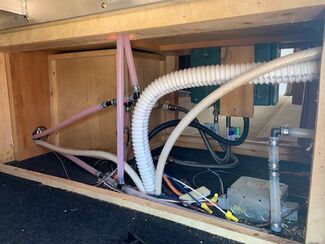
How to De-Winterize Your RV
Step 1: Flush Out the Antifreeze
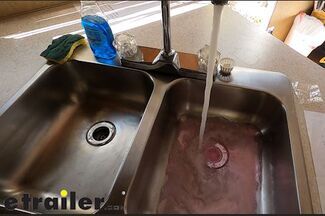
Step 2: Sanitize Your Fresh Water System
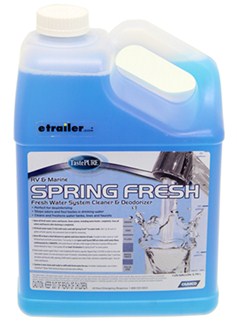
Step 3: Set Up Water Heater
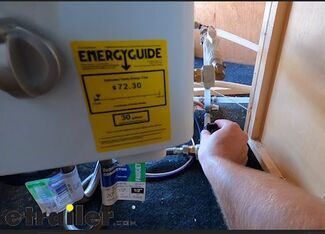
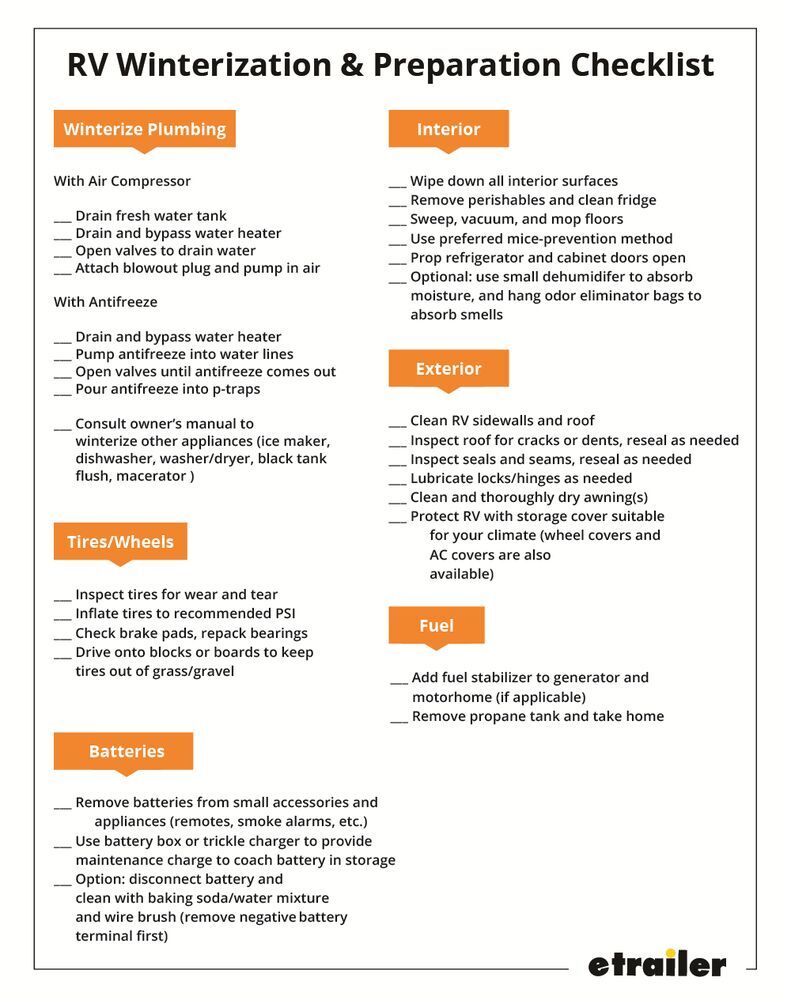
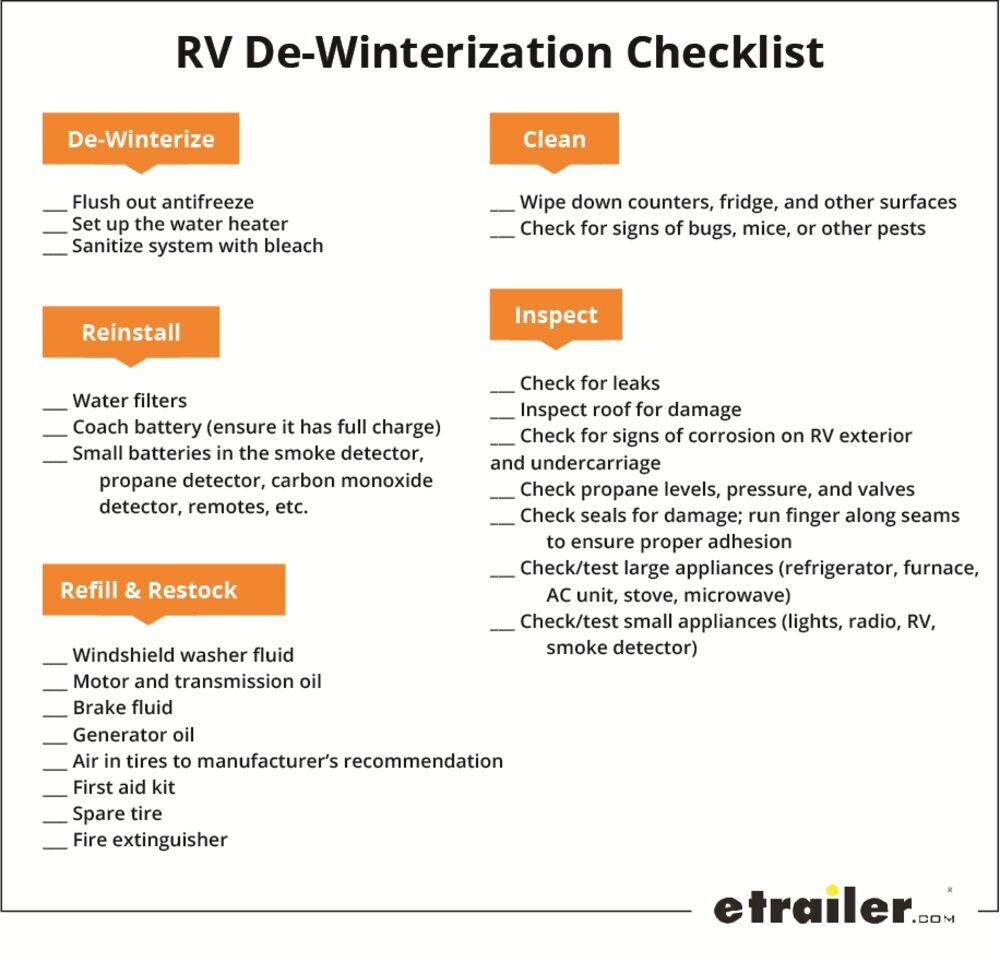

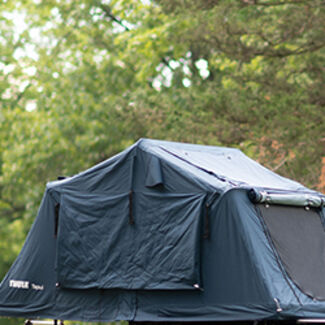
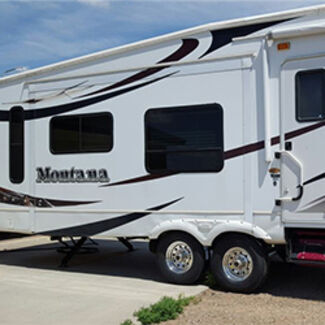
Virginia M.
9/28/2021
Is there places or people that will do this. i am a widow and I thought I might could do it but after reading what has to be done I know I cannot do it. My deceased husband always did it but he didn't teach me how so I need someone to do this for me.

Departments
Towing
- Trailer Hitch
- Fifth Wheel
- Gooseneck
- Towing a Vehicle
- Front Hitch
- RV Hitch
- ATV Hitch
- HD Truck Hitch
- Vehicle Wiring
- Brake Controller
- Ball Mounts
- Weight Distribution
Sports and Recreation
Trailer Parts
- Utility Trailer
- Boat Trailer
- Landscape Trailer
- Enclosed Trailer
- 5th/Camper Trailer
- Car Hauler
- Horse Trailer
Vehicle
Contact & Help

What our customers are saying:
"In these days of customer "no service" I am usually disapointed when doing business with people I don't know. It was refreshing doing business with you. I'm impressed!"
Randy
Watkinsville, GA
Popular Vehicles
- Subaru Forester
- Ford F-350 Super Duty
- Ford F-250 Super Duty
- Chevrolet Silverado 1500
- Jeep Wrangler Unlimited
- Jeep Wrangler
- Ram 3500
- Toyota Highlander
- Ram 2500
- Chevrolet Silverado 2500
- Subaru Outback Wagon
- Chevrolet Silverado
- Dodge Ram Pickup
- GMC Sierra 2500
- Ram 1500
- Ford F-250 and F-350 Super Duty
- Jeep Grand Cherokee
- Toyota Tacoma
- GMC Sierra 3500
- Toyota Tundra
- Ford Escape
- More >>




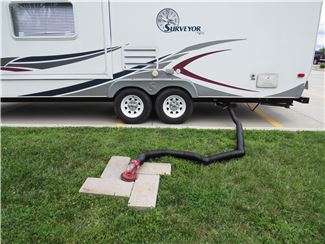

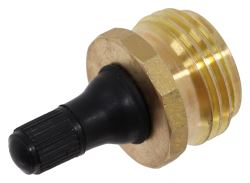
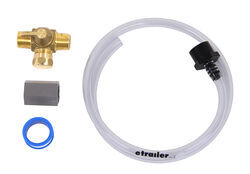

















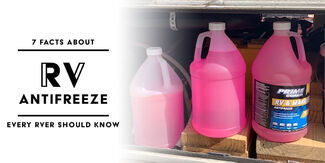





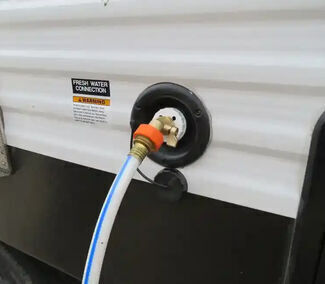
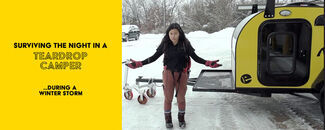
Steve J.
2/15/2023
Sound info here. Thanks for sharing.